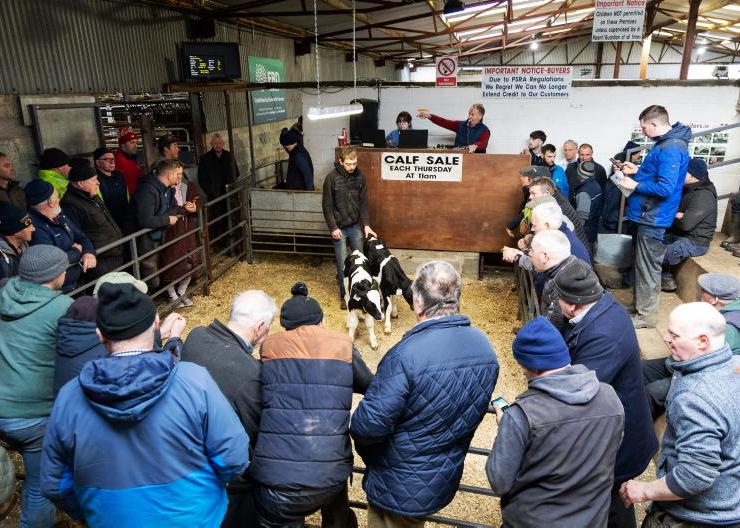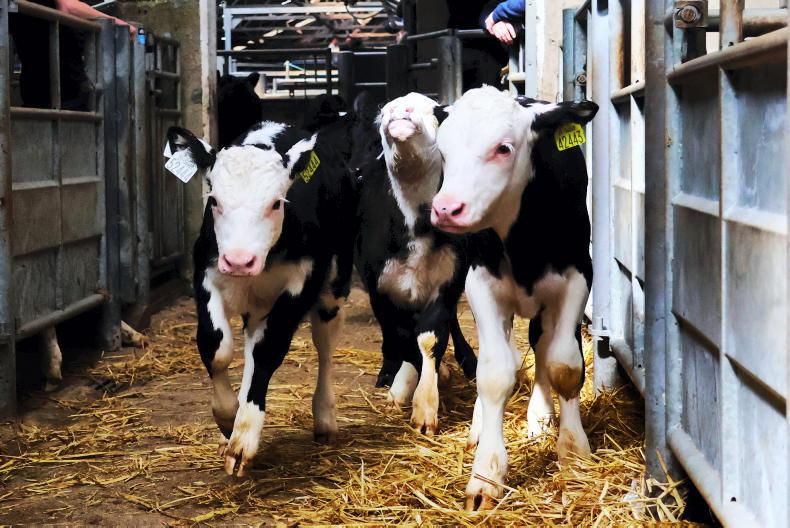There have been a number of enquiries from farmers over the last week on the issue of navel and/or teat sucking of dairy-beef calves.
From the outset, the key to stopping this issue is to nip it in the bud as soon as possible, as once calves form the habit, it can be hard to stop.
Navel sucking can cause lumps and bumps in cattle that will be visable for life and in extreme situations, can cause a hernia.
Teat sucking on the other hand can cause heifers to have blind quarters in later life, which is a real issue if they are to be breeding stock.
Why does it happen?
The most likely cause is that the calf’s appetite is not being fully satisfied by the level of milk feeding.
While increasing milk feeds too drastically would not be recommended, the best approach is to try and get calves eating meal as soon as possible.
Make sure the feed trough is right beside the milk feeder, so that calves will move straight towards it once milk feeding has finished.
Once milk feeding is complete, have a bucket of fresh meal ready to put in the trough and encourage calves over to it to start eating.
Spending a few minutes with calves after milk feeding, encouraging them to start to eat meal, will be time well spent.
Ensure you are using a highly palatable calf crunch and make sure it is always fresh to encourage intake. Once calves have begun eating meal for a few weeks, you can slowly transition onto a lower cost ration.
Fresh water
Intake of concentrate is completely reliant on calves having constant access to fresh clean water. If they are not drinking water, they will not increase their meal intake. Again, water needs to be close to the meal, so that calves know where to find it and are more likely to drink.
A big problem often seen in calf sheds is the height of the water bowl. Often, the shed has been designed for bigger cattle, and so the drinking trough is too high. If calves cannot place their heads downwards into the drinking trough, intake will be compromised.
Long fibre
Another key area to consider is the availability of long fibre to the calf at all times. Straw works perfectly for this, but it should be good quality and offered in a hay rack.
Calves should not be expected to pick straw from their bedding, no matter how clean it is. Make sure the hay rack is not too high, as this will inhibit intake.
Calves should not have to reach above a natural head height to access it. Again, make sure the mesh is not too small, meaning calves struggle to get it out of the feeder. Calves will eat more straw if it is lower down as it is a more natural feeding habit.
Failing all that, some farmers have reported good results from spraying Stockholm Tar on navels to discourage calves from sucking them.
Monitor calves for navel infections
Keep an eye on calf navels to ensure no bumps or lumps appear on any calf that has been sucked. If in any doubt, consult your vet.










SHARING OPTIONS